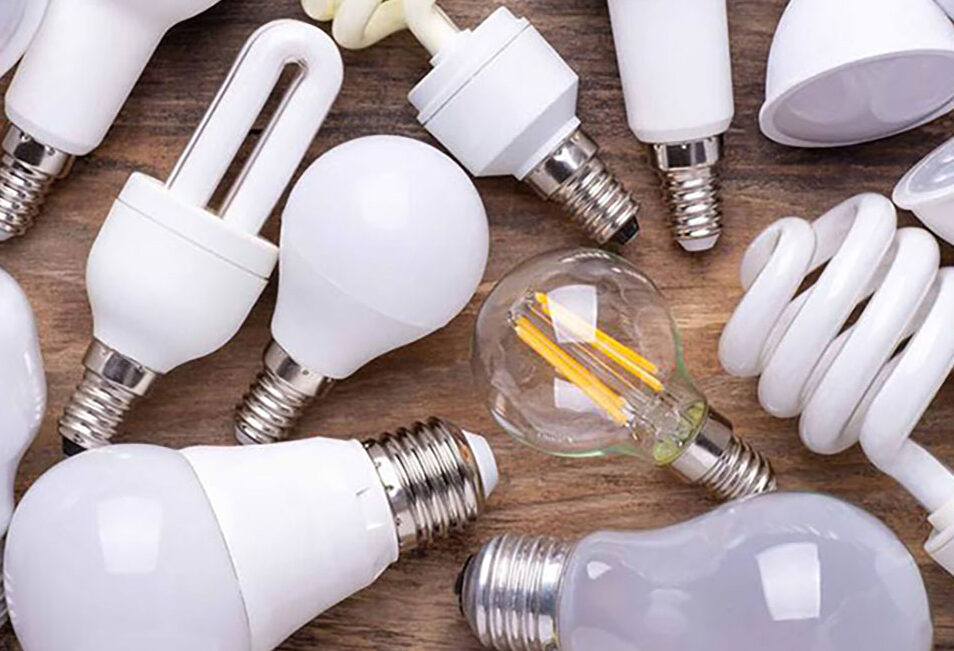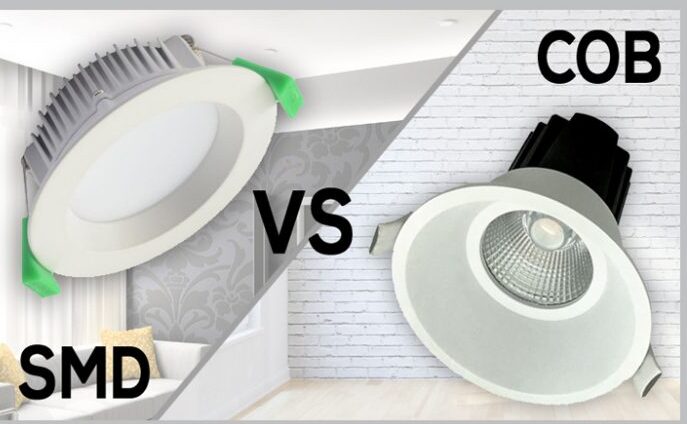Technology is Here to Stay
Familiarity with LED technologies
The third generation of lighting technology, called LEDs, is based on electronic semiconductor technology and has grown rapidly in the last decade. These products have the ability to replace conventional light bulbs in all home, office and commercial sectors. The advantages of Pars Shahab LED products are:
– Economic savings, high efficiency
– Long life, 25 times more than incandescent lamps and 3 times less energy saving lamps
– Wide input voltage range from 100 to 240 volts
– Low mechanical strength and vulnerability
Suitable and controllable lighting for focused and local lighting
– Low sensitivity to fluctuations and changes in network voltage through the use of IC-based electronic constant current driver
– Lack of sensitivity to frequent disconnection and connection and switching
– Wide range of light colors and the possibility of combining colors without the need for secondary color filters
– Environmentally friendly due to the lack of mercury, lead and chemical gases and reduced greenhouse gas emissions
– Having a very desirable performance characteristic in different temperature ranges
– Instant clearing and very fast response
– Safe, healthy and flicker-free light
– Clean light and free of ultraviolet and infrared rays
– Energy rating A ++, A +, A
Excessive switching on and off to some extent shortens the life of the ineffective product
Instant clear Yes somewhat delayed Yes
Durable brittle brittle resistant
Heat generated High Medium Low
Low temperature sensitivity No Yes
No
Moisture sensitivity to some extent yes no
Toxic substances No to some extent
Generations of LED technologies
Choosing an LED technology is like choosing the right clothes. There are several models of LEDs, each with special features and specifications that can be selected depending on the need. LED technology is divided into three general categories SMD, DIP and COB based on the implementation method of chips and its package. DIP technology was one of the first technologies to reach mass production and commercialization, and later SMD and COB technologies were added to the commercial applications of the lighting industry. In the following, we will introduce and review the model and technology of LEDs that are commercially available today.
DIP (Dual In-Line Package)
DIP LED technology, sometimes known as T-Type, has a history of more than fifty years, and is probably the first image that comes to mind of DIP. DIP 5 mm LEDs are one of the oldest and most well-known types of LEDs, which are known in the Iranian market as 5 mm caps, and were widely used in lighting and lighting products in the early years. This type of lead consists of a capsule-like plastic package with an lead chip embedded in it and two long metal bases removed as a connector.Some of these lenses have an extra plastic protrusion that makes a simple lens work. The plastic and epoxy coating on the surface of this type of material concentrates light and acts like a lens, concentrating the light from the diode. The outer cover of the DIP board also includes a smooth edge that represents the cathode base of the DIP board.

Although the product has a shorter lifespan than other technologies, it is still used as a display on large screens, boards, signs and more or less in electronic equipment due to its low cost, high brightness and ease of use. It is a win.
LED technology – DIP
Today, these types of LEDs are less used in the lighting industry, because products made using this technology have less light output and efficiency, more light flux drop and less color rendering index than products with new SMD and COB technologies. The main reason for the dimming of these LEDs is the presence of an insulating plastic structure around the LEDs that prevents the heat generated by the LED chip from escaping and increasing its temperature, which reduces their light in the long run.
LED technology – DIP
DIPs produce a luminous flux of between 3 and 4 lumens per element. Their operating voltage range is between 5 and 24 volts (depending on the construction of each), the typical voltage in this type of electrode is 12 volts. Each of the DIP LEDs has a power consumption between 0.08 or 0.05 watts.
SMD (Surface Mounted Device)
The chips of SMD technology or “surface mounted component” are designed by connecting to the (Printed Circuit Board) PCB. SMD packages, unlike DIPs, which have two bases and a cathode on the board, can have 2, 4 or 6 connections on the board, depending on the number of chips in the package. In the SMD design, there is a separate circuit for each diode.
LED Technology (SMD) – SMD LED Technology (SMD) – SMD
SMD chips have become very popular due to their variety and application and have had a tremendous impact on the development of the LED industry, one of the most important reasons being the ability to use three chips on one package. When the package includes three chips, red, green and blue, it will be able to produce all colors. By adjusting the output level of each chip on the package, different lights can be created, which has been widely welcomed. These guides have two or more solder bases plus a special heat transfer pad.
SMD technology is a suitable alternative to incandescent and fluorescent lamps due to its flexibility in implementation. These types of chips are much smaller than DIP, which allows for wider SMD applications and enables different designs. SMD has a great ability to combine light colors, which is one of the salient features of this technology.
SMD LED technology enables automatic production, increased manufacturing quality control, better heat distribution, higher light output and longer service life.
LED Technology (SMD) – SMD LED Technology (SMD) – SMD
COB (Chips On Board)
COB technology has undergone extensive development in the lead industry in recent years. COB means chips on the board. In this technology, a number of LEDs are mounted as chips on a board and seen as a light disk.
LED Technology (COB) – COB LED Technology (COB) – COB
COB and SMD can also be imagined due to the use of multiple diodes on the same board. But orbital structure causes differences. In fact, the COB package consists of multiple chips with 9 or more. Unlike SMD, which had one circuit for each chip, COB chips have one circuit and two connection points on the boards. Despite the advantages of using a single circuit such as lower consumption, using the same single circuit creates a major weakness and that is the inability to change color.
This means that COB technology, despite its power and efficiency in providing a light, is not able to be used in the production and change of light of different colors.
The use of a single circuit and the use of multiple chips make it possible to produce more and more homogeneous light by COB technology. In fact, this method makes it possible to use more space, which leads to more intensity and density of light.
Comparison of SMD and COB technology
The table below shows the difference between the number of LEDs that can be installed in 10 x 10 mm square space in the three technologies DIP, SMD and COB.
Type of technology
DIP
SMD COB
Picture of the piece
DIP piece
SMD piece
COB piece
Row image
(10 * 10 mm)
DIP chip
SMD chip
COB chip
Density of 9 IDs 40 IDs 342 IDs
Row power (watts)
0.4 4 68 watts
As you can see from the picture, the number of chips used in COB technology is 38 times DIP and 8.5 times SMD, which leads to more light in the same space (10 mm2).
One method of implementing COB technology is through the use of several COB packages called MCOBs (Multi-Chips On Board) or (Multiple Chips and Cups On Board) called MCCOBs. Implementation technique in this method is to use a large number of LED chips integrated in large separate parts. This method provides the ability to achieve high watts.
Implementation of COB technology
Another method of implementing COB technology is in the form of filaments. This method is in order to accompany the consumption pattern of customers and simulate incandescent and incandescent light bulbs with traditional shapes. COB strips are implemented on the filaments. The more filaments there are, the greater the angle of radiation and the luminous flux of the filament lamp.
Implementation of COB technology in the form of filaments Implementation of COB technology in the form of filaments




